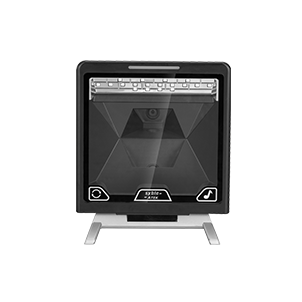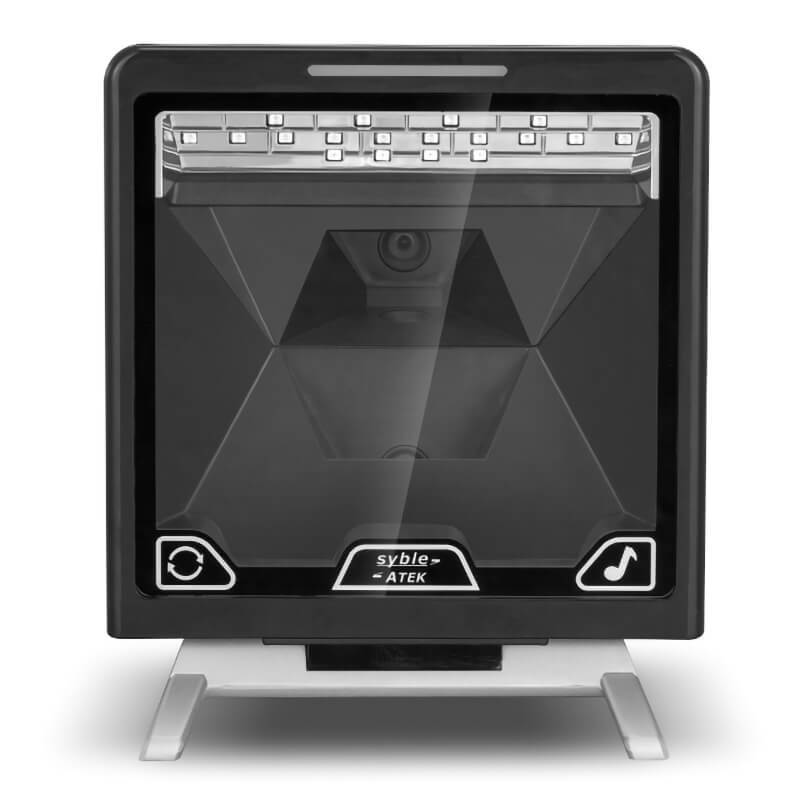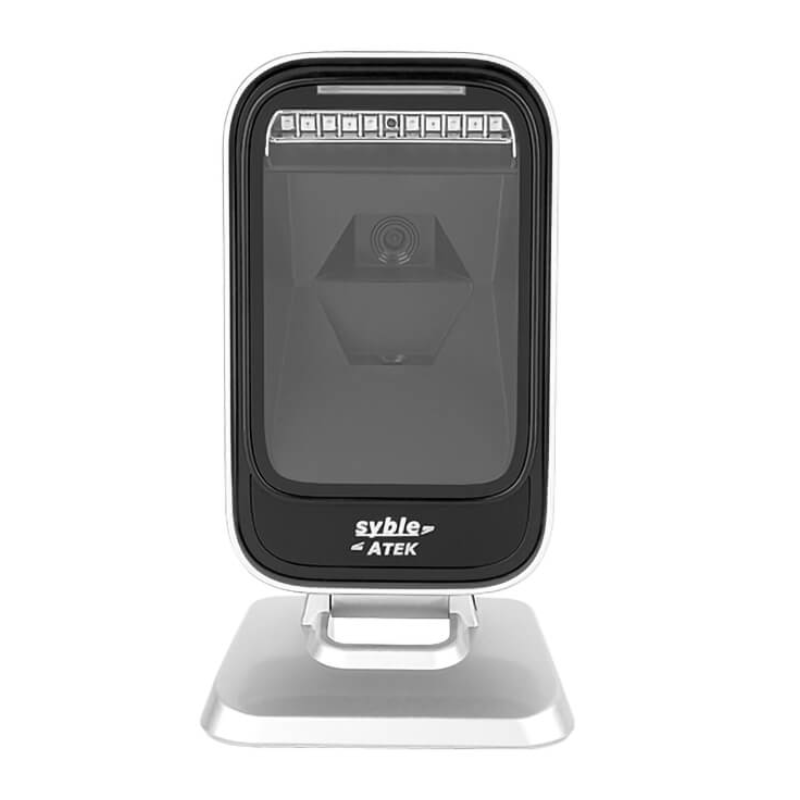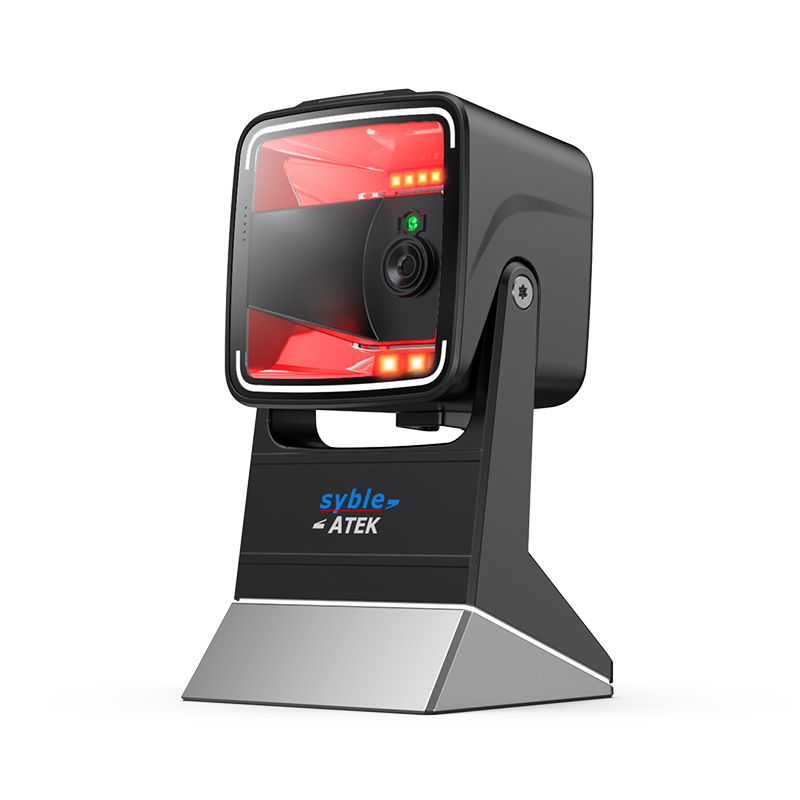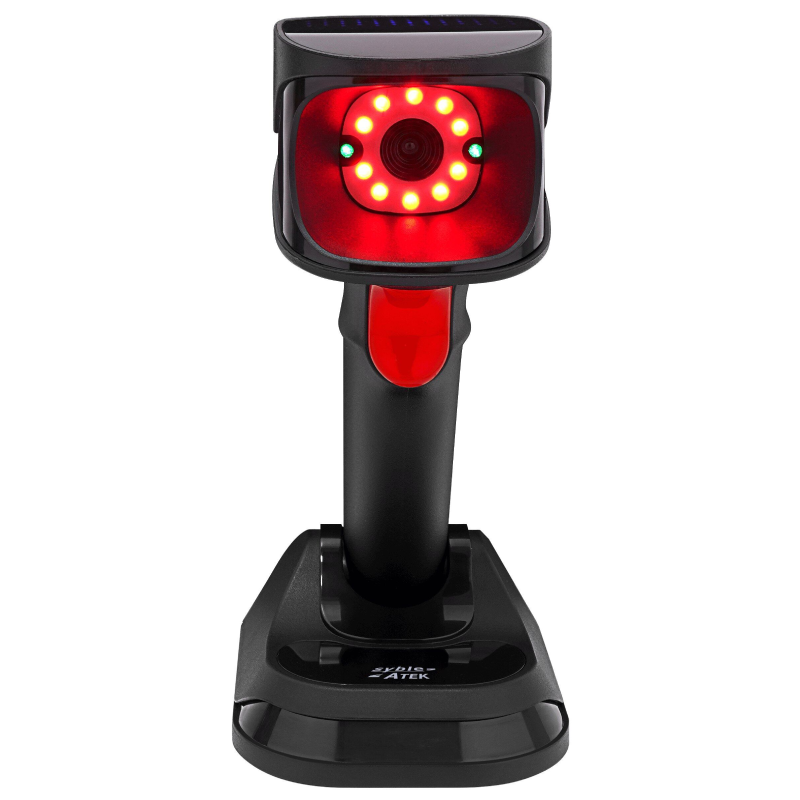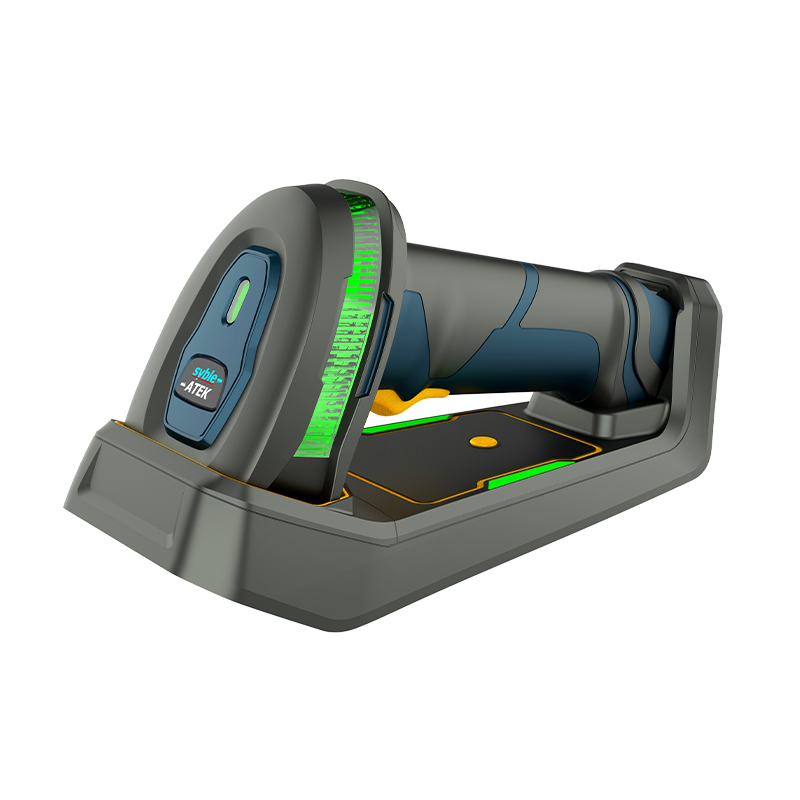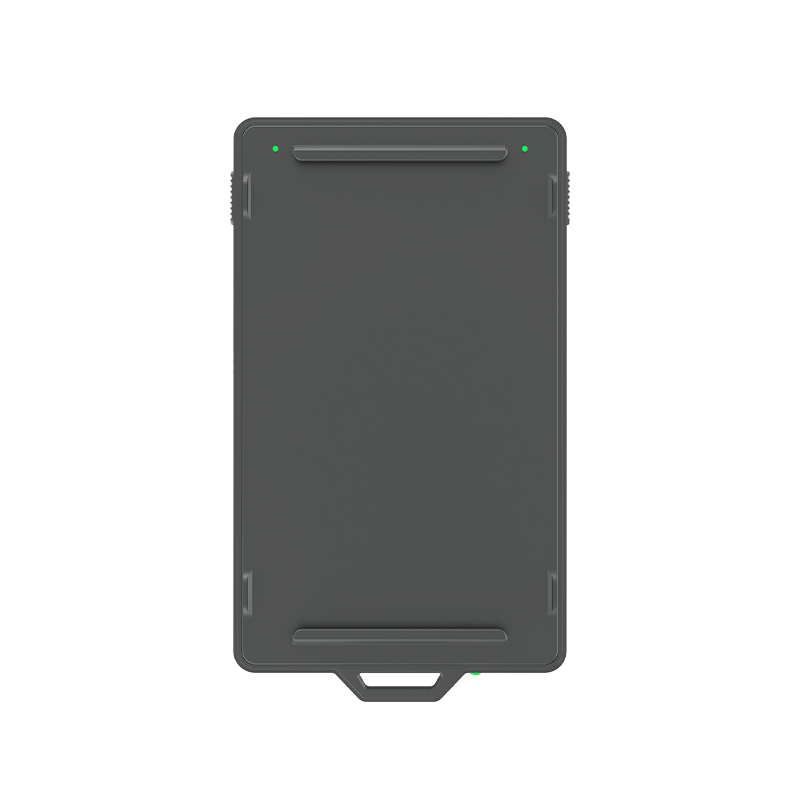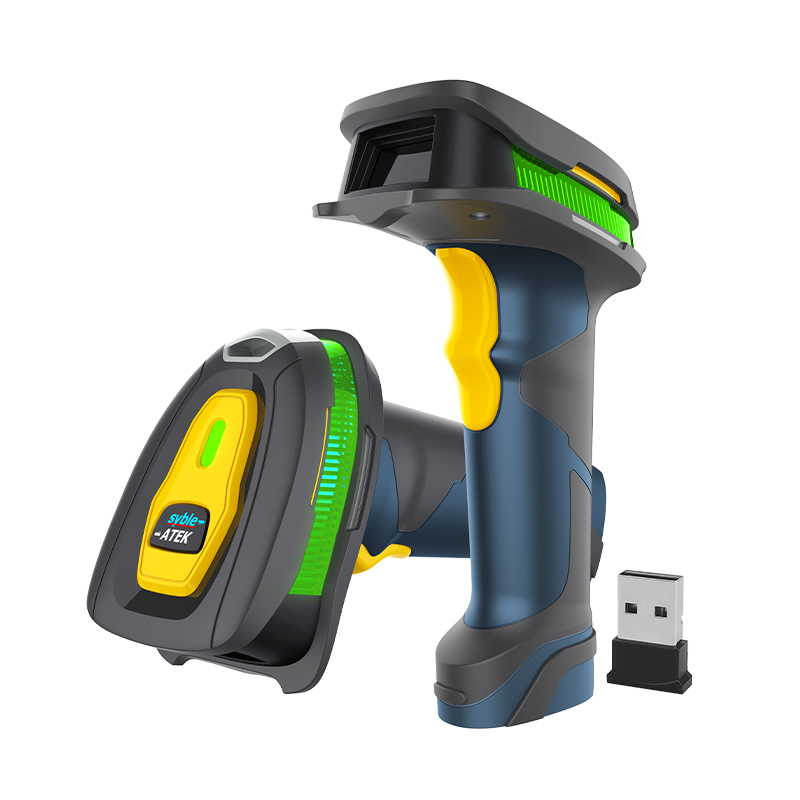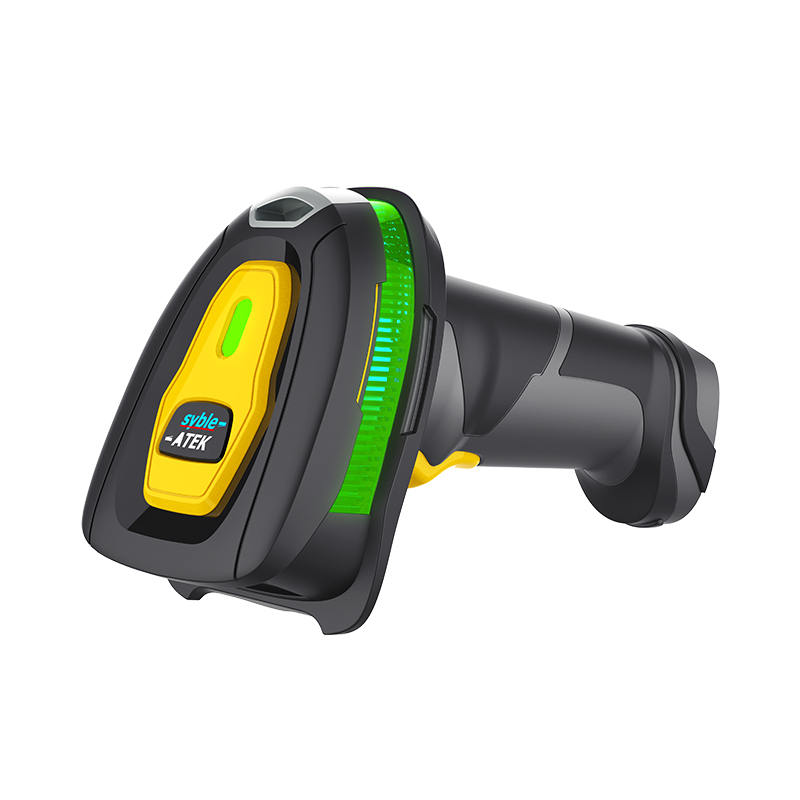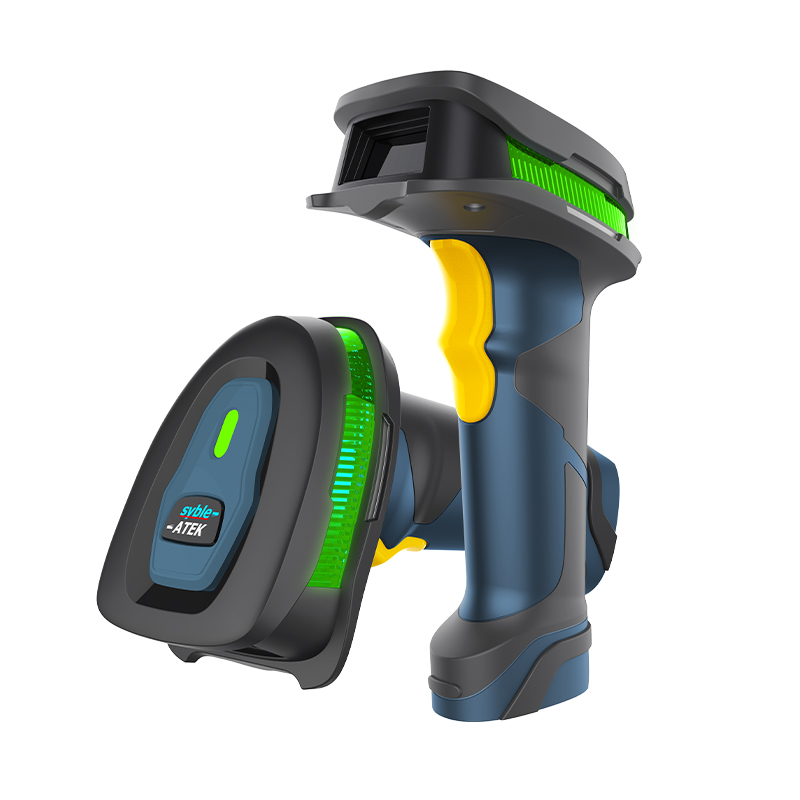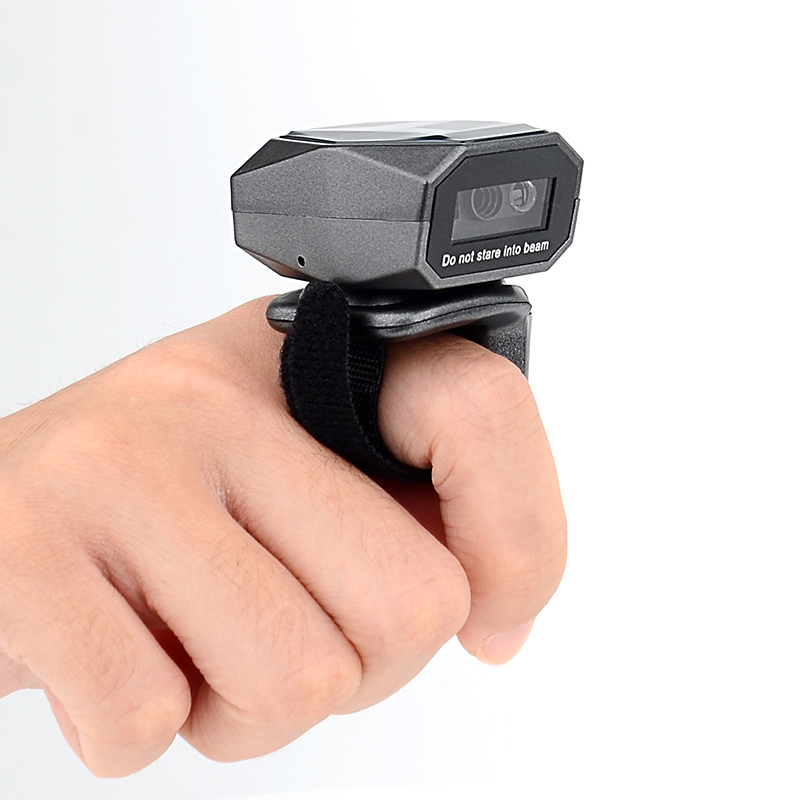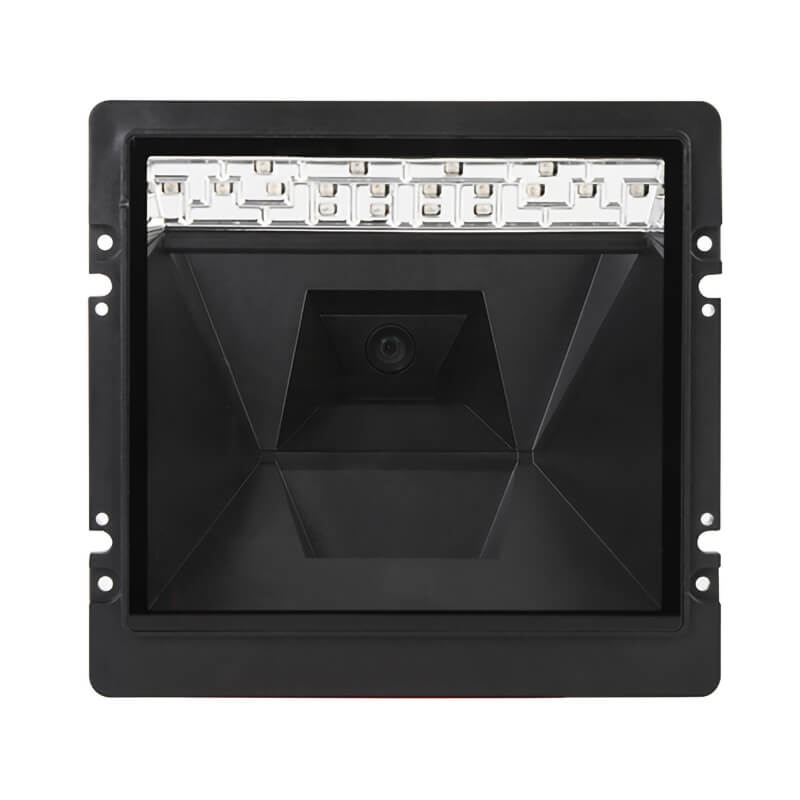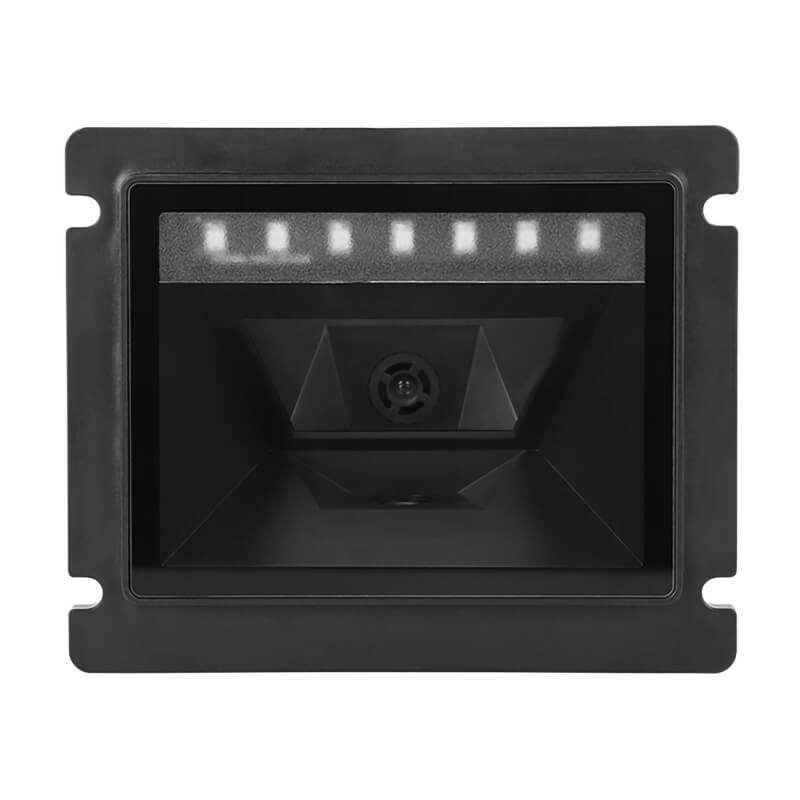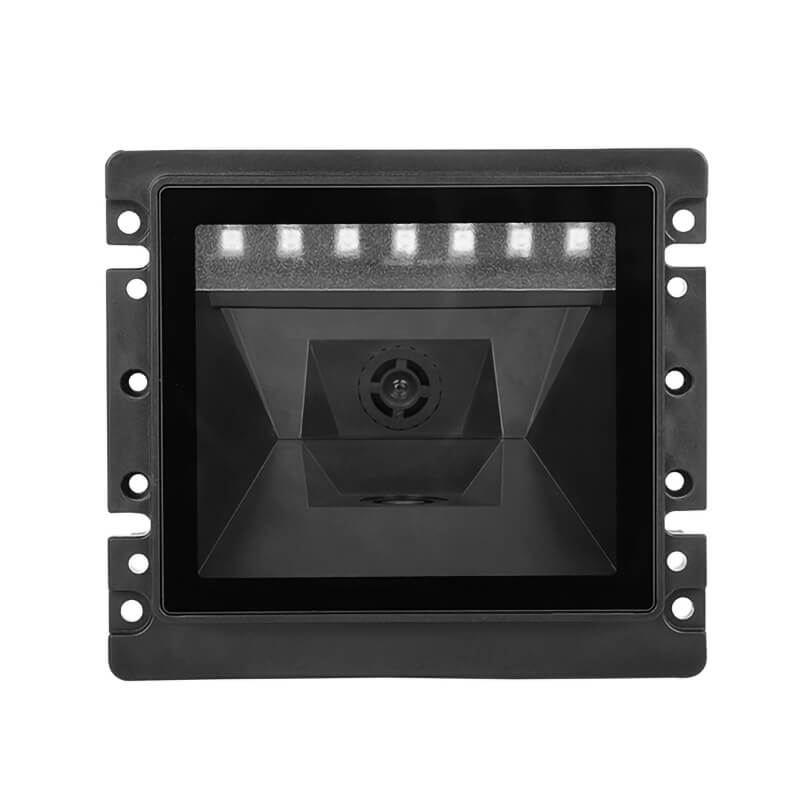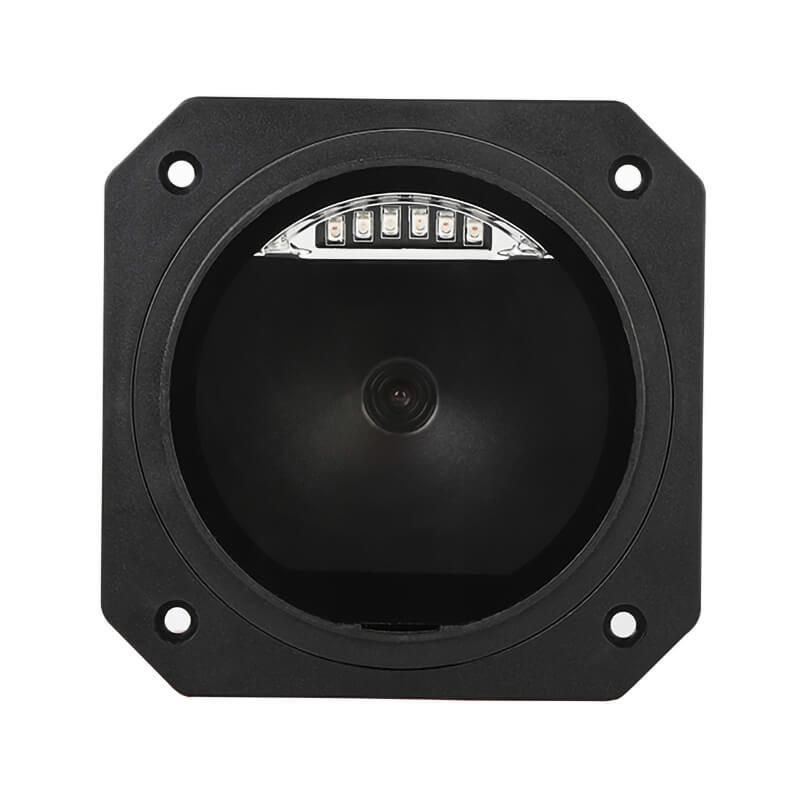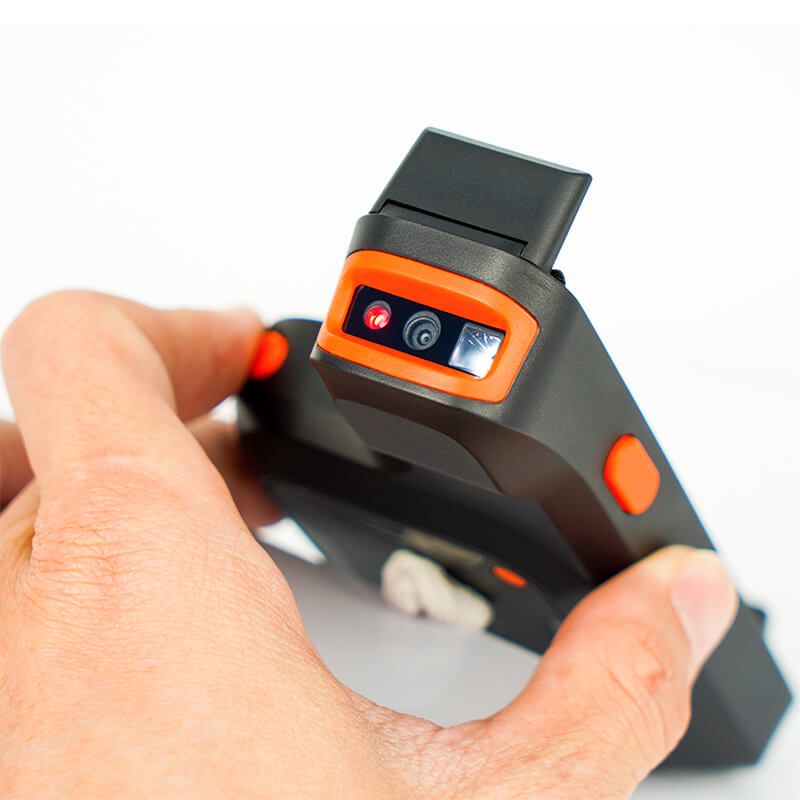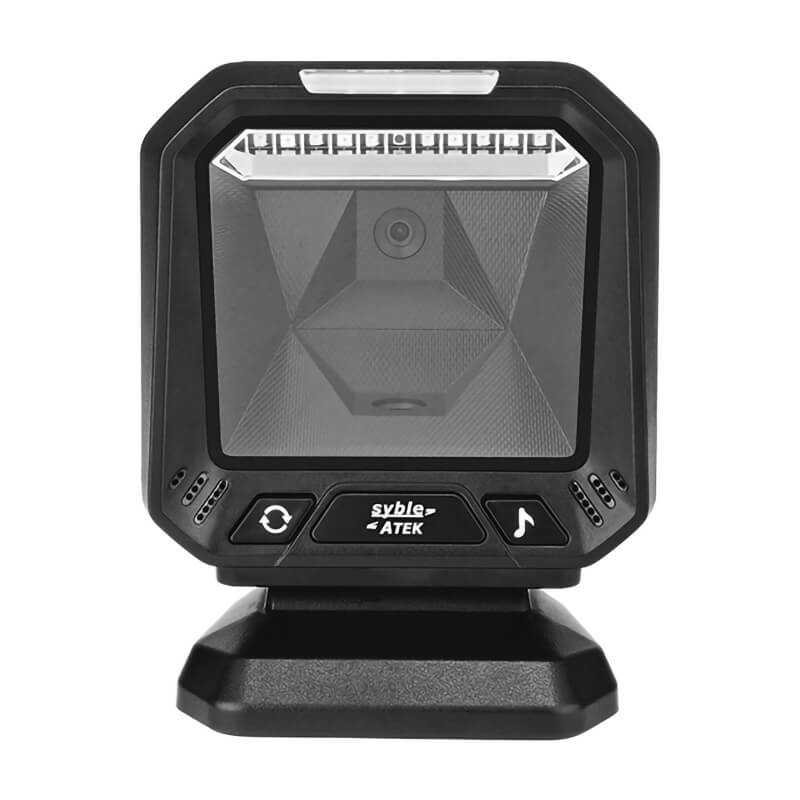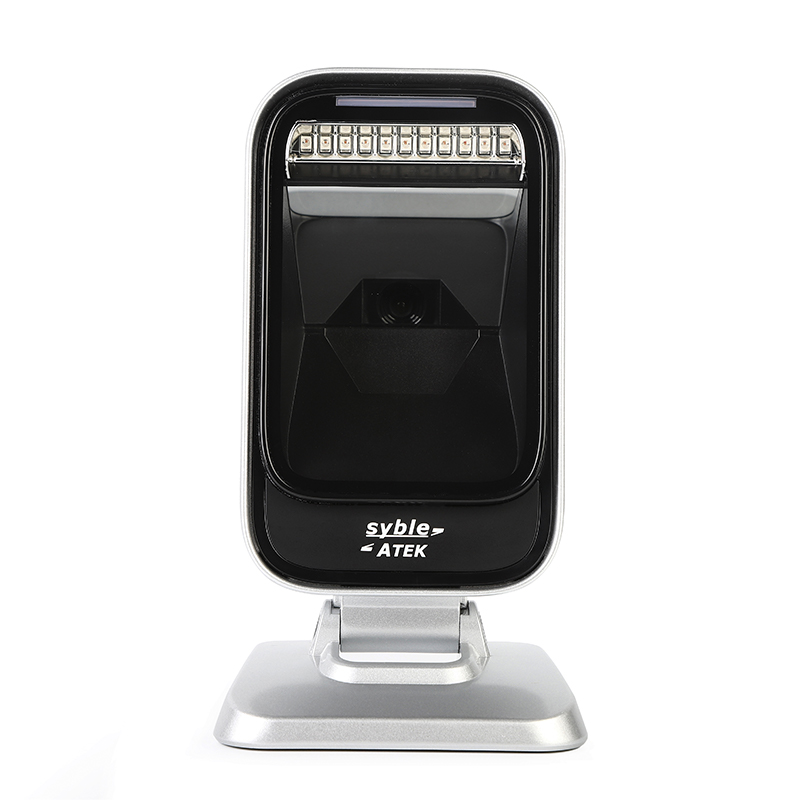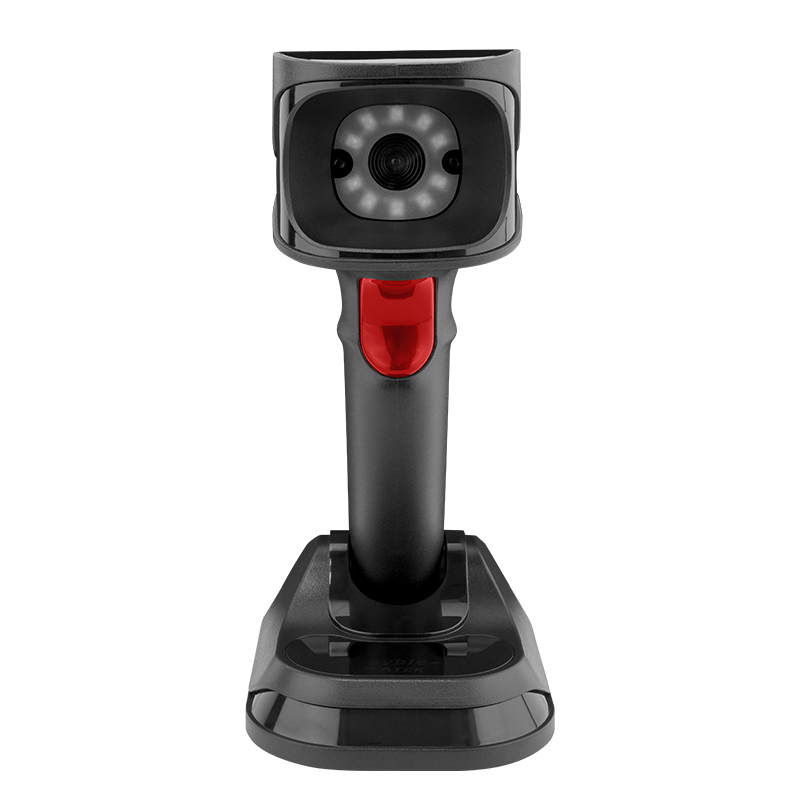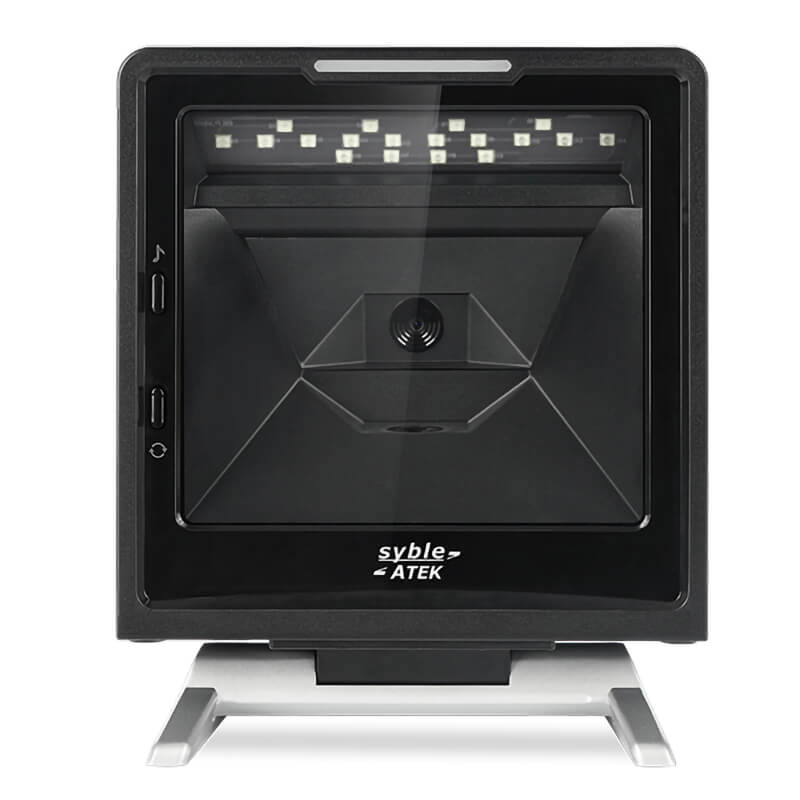In today's fast-paced business environment, efficient inventory management is crucial for maintaining operational efficiency and customer satisfaction. Barcode scanning technology has emerged as a game-changer, revolutionizing how businesses track and manage their inventory. This article explores the intricacies of barcode scanning, its applications, benefits, limitations, and emerging trends.
What is Barcode Scanning?
Barcode scanning involves using a device to read and interpret the information encoded in barcodes. Barcodes are visual representations of data that can be scanned and decoded by barcode readers. These readers use light sensors to capture the barcode's pattern and convert it into digital data that can be processed by inventory management systems.
Types of Barcode Scanners
Barcode scanners come in various types, each suited for different applications:
Laser Scanners: Use a laser beam to read barcodes and are known for their accuracy and ability to read from a distance.
CCD (Charge-Coupled Device) Scanners: Use an array of light sensors to capture the barcode image, offering high durability and impact resistance.
Imager Scanners: Capture a digital image of the barcode and decode it using advanced algorithms, suitable for reading 2D barcodes like QR codes.
Pen-type Scanners: Require manual swiping across the barcode, often used for low-volume scanning tasks.
How Barcode Scanning Works
Barcode scanners operate by illuminating the barcode with a light source and capturing the reflected light. This reflection is then converted into an electrical signal, which is processed to decode the information encoded in the barcode. The decoded data is then sent to an inventory management system for further processing.
Applications of Barcode Scanning in Inventory Management
Barcode scanning technology is widely used across various industries for inventory management:
Retail: Streamlines checkout processes, tracks inventory levels, and manages stock replenishment.
Healthcare: Ensures accurate tracking of medical supplies, patient records, and medication administration.
Manufacturing: Monitors raw materials, work-in-progress items, and finished goods to optimize production workflows.
Logistics and Warehousing: Enhances accuracy in order picking, packing, and shipping, reducing errors and improving efficiency.
Benefits of Barcode Scanning
Implementing barcode scanning in inventory management offers numerous advantages:
Increased Accuracy: Reduces human errors associated with manual data entry, ensuring precise inventory tracking.
Time Efficiency: Speeds up inventory audits, stocktaking, and order processing, saving valuable time for employees.
Cost Savings: Minimizes losses due to inventory discrepancies and reduces labor costs by automating data capture.
Real-time Data: Provides up-to-date inventory information, enabling better decision-making and demand forecasting.
Scalability: Easily scalable to accommodate growing inventory needs without significant additional costs.
Limitations of Barcode Scanning
Despite its benefits, barcode scanning has some limitations:
Initial Setup Costs: Requires investment in barcode printers, scanners, and inventory management software.
Barcode Damage: Barcodes can become unreadable if damaged or poorly printed, leading to scanning errors.
Environmental Constraints: Scanners may have difficulty reading barcodes in low-light or high-glare environments.
Emerging Trends in Barcode Scanning
The field of barcode scanning is continuously evolving with new technologies and trends:
RFID Integration: Combining RFID (Radio Frequency Identification) with barcode scanning for enhanced inventory tracking capabilities.
Mobile Scanning: Increasing use of smartphones and tablets equipped with barcode scanning apps for flexible and portable inventory management.
IoT and Automation: Integrating barcode scanning with IoT (Internet of Things) devices and automated systems for real-time inventory monitoring and management.
Conclusion
Barcode scanning technology has revolutionized inventory management by enhancing accuracy, efficiency, and scalability. As businesses continue to adopt and integrate advanced barcode scanning solutions, they can expect to see significant improvements in their inventory management processes. By staying informed about emerging trends and best practices, businesses can leverage barcode scanning to maintain a competitive edge in the market.

